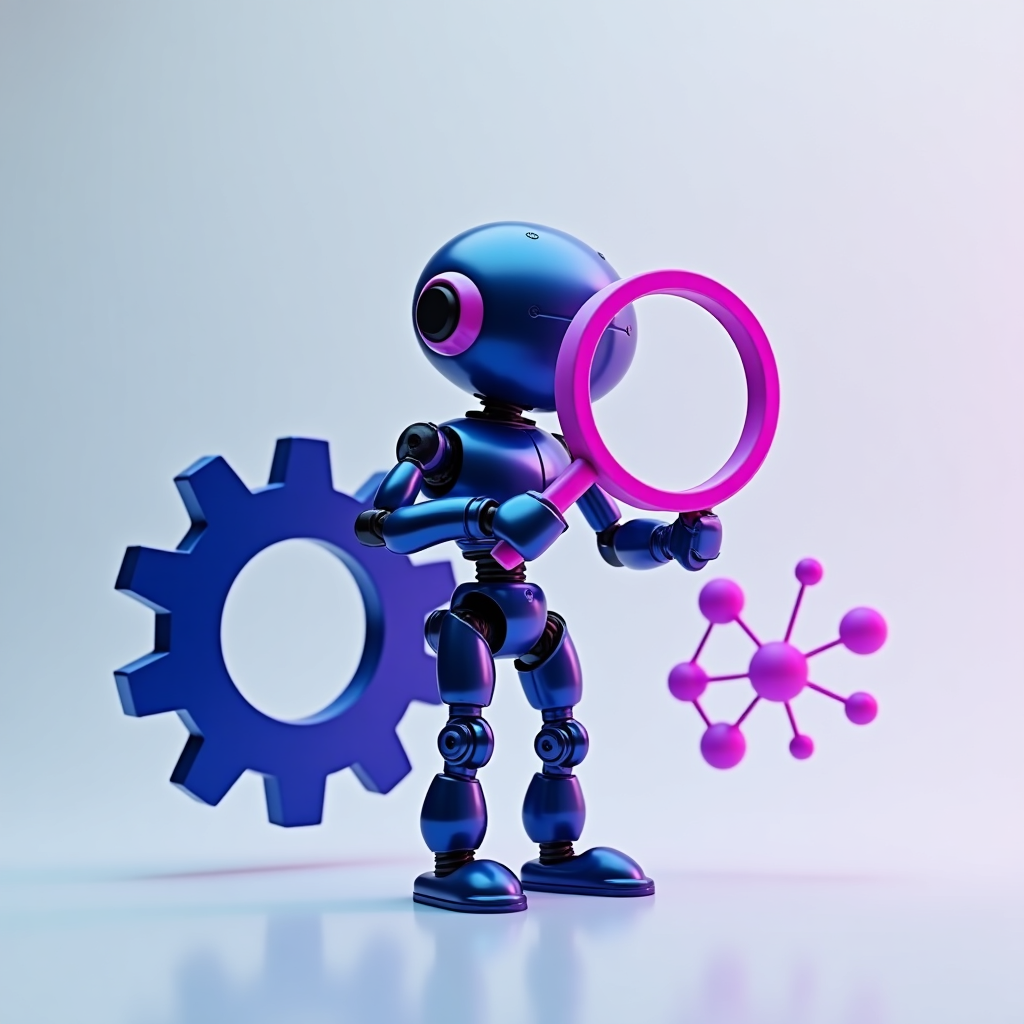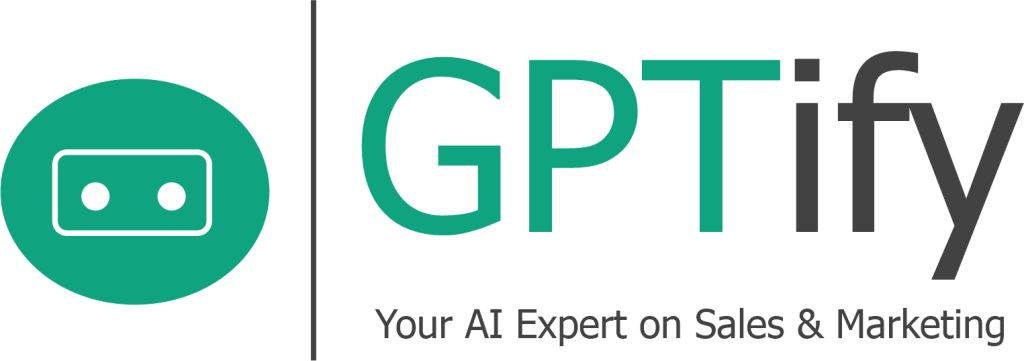Choosing the right AI tool isn’t just a nice-to-have anymore. It’s a strategic move that can define the future of your business. But with hundreds of options screaming for your attention, how do you pick the one that fits your exact needs?
Let’s unpack it all, in simple and practical steps.
Understand Your Industry Needs
Every industry has its own relationship with AI. Healthcare demands accuracy and compliance. Retail demands customer behavior insights. Marketing demands prediction and personalization. Before diving into the “what,” you need to define the “why.”
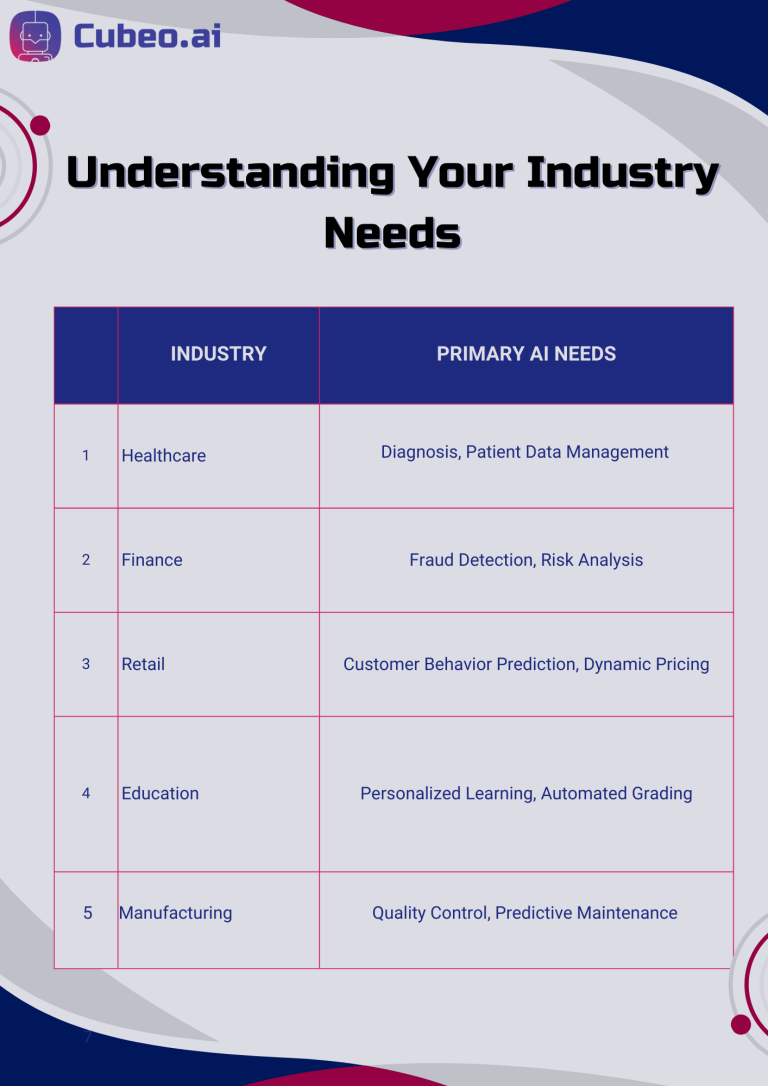
Types of AI Tools Available
Depending on your goals, the type of AI tool you’ll need varies:
- Predictive Analytics Tools: Forecast trends, behaviors, and risks.
- Natural Language Processing (NLP): Understand and generate human language.
- Computer Vision: Analyze images and videos.
- Robotic Process Automation (RPA): Automate repetitive tasks.
Pro Tip: Start small. Identify one pressing problem and match the AI tool accordingly.
Key Factors to Evaluate AI Tools
Choosing an AI tool is like choosing a new business partner. Look out for:
- Scalability: Can it grow with your needs?
- Integration: Can it blend with your existing tech stack?
- Ease of Use: Will your team actually use it?
- Data Security: How is sensitive data protected?
- Customization: Can you tweak it without heavy IT work?
Industry-Specific AI Needs
AI in Healthcare
Healthcare needs tools that offer real-time decision support, HIPAA compliance, and interoperability with EMRs. A platform like IBM Watson Health showcases these capabilities.
AI in Finance
Financial institutions demand strict fraud detection algorithms and client personalization. Risk assessment tools are critical.
AI in Retail and E-Commerce
Look for customer journey mapping, dynamic pricing, and smart inventory management. Giants like Amazon use AI-driven dynamic pricing to optimize profits.
AI in Marketing
AI in Manufacturing
Process automation and predictive maintenance help factories run 24/7 without downtime.
Custom vs Pre-Built AI Tools
- Pre-built Tools: Fast setup, lower cost. Great for common use cases.
- Custom AI Development: Higher investment, but tailor-fit to your unique needs.
Cubeo AI bridges both worlds with its no-code AI Agent Builder, allowing you to either use pre-built agents or customize new ones without writing code.
Common Mistakes When Choosing AI Tools
- Falling for shiny features without matching them to real needs.
- Forgetting about integration.
- Not involving the end-users in the evaluation.
- Overlooking data security.
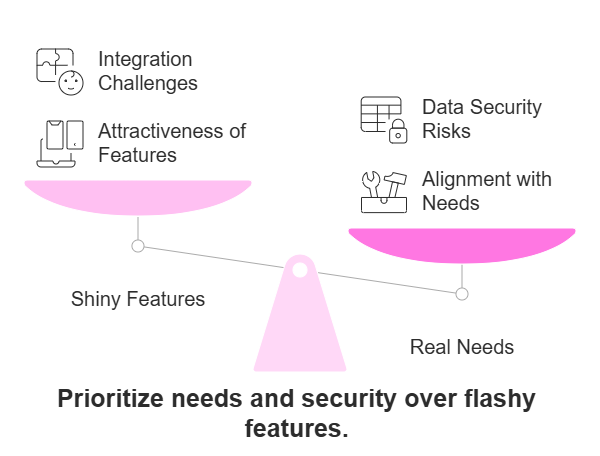
How to Measure ROI of Your AI Tool
Track the impact using real KPIs:
- Time saved
- Cost reduction
- Customer satisfaction
- Revenue growth
- Risk mitigation
Always benchmark before implementation to prove ROI.
Why Cubeo AI Is Worth Considering
Platforms like Cubeo AI empower any department—sales, marketing, HR, research—to build and deploy their own AI agents without a single line of code.
With integrations into Salesforce, HubSpot, Slack, and more, Cubeo AI delivers end-to-end automation, smarter insights, and serious productivity gains—perfect for industries wanting agility without hiring developers.
Top 5 Signs an AI Tool is NOT Right for You
- Complicated setup
- Poor support or documentation
- No customization options
- Hidden costs
- No clear security measures
Top 5 Signs You’ve Found the Perfect Fit
- Fast onboarding
- Proven results in your industry
- Transparent pricing
- Regular updates
- Easy-to-access support
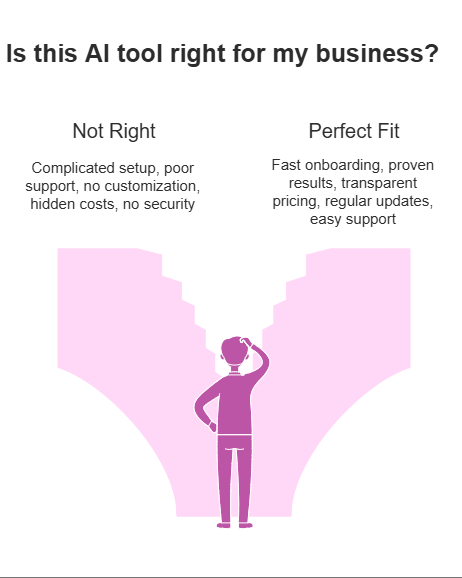
Emerging Trends
AutoML: AI that builds better AI.
Multimodal AI: Combine text, image, and voice processing.
Hyperautomation: Automating entire workflows, not just tasks.
DIY Checklist: Choosing Your AI Tool
- Define clear goals
- Shortlist vendors
- Request demos
- Test integrations
- Compare pricing models
- Validate security practices
- Measure trial results
FAQs
- What is the best way to evaluate an AI tool?
Run a pilot project and compare real-world performance metrics.
- How important is no-code AI?
Extremely important! No-code platforms like Cubeo AI allows faster adoption and democratization across teams.
- Should small businesses use AI?
Absolutely. With flexible no-code platforms, small businesses can access enterprise-grade AI without major investments.
Conclusion
Choosing the right AI tool isn’t a one-size-fits-all process. It’s about aligning technology with business goals, scaling smartly, and always staying user-first. Whether you’re automating your marketing, optimizing your supply chain, or transforming customer support—the right AI tool can change everything.
Take the first step towards smarter growth—choose wisely, and build boldly.
